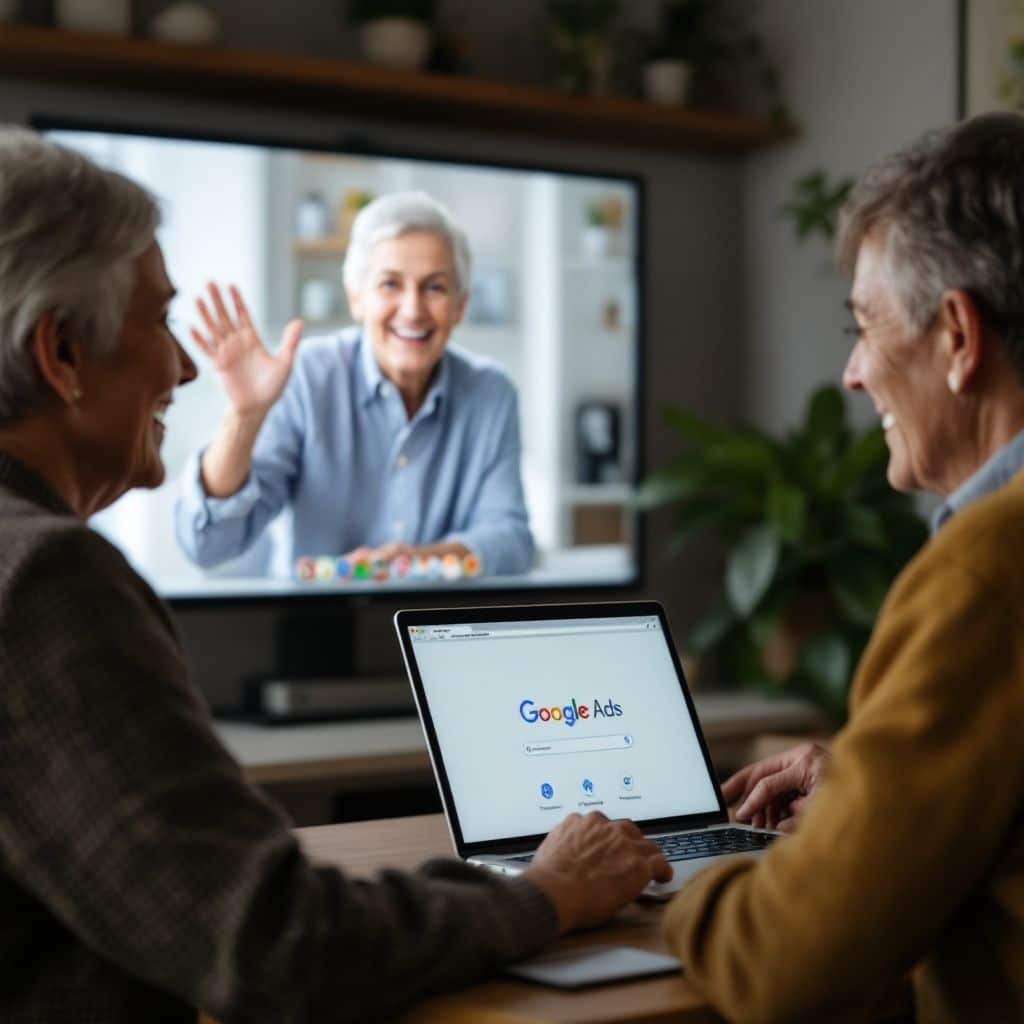As technology continues to advance, it’s easy for anyone to feel overwhelmed by the rapid pace of change. Closing the digital divide for seniors is crucial for enhancing their quality of life. For seniors, this digital revolution can feel like an even bigger challenge. With an increasing reliance on digital tools for communication, healthcare, and daily activities, many older adults find themselves struggling to keep up.
This growing issue, known as the digital divide for seniors, affects countless individuals, leaving them at a disadvantage when it comes to participating in modern life. In this article, we explore the importance of closing the digital divide for seniors and offer solutions to help them embrace technology with ease and confidence.
What is the Digital Divide for Seniors and Why Does it Matter?
The term "digital divide for seniors" refers to the gap between individuals who have access to modern technology and those who do not. This divide manifests in multiple ways: from the lack of internet access and affordable technology, to the disparity in technological literacy.
For seniors, this divide can result in serious challenges, including difficulty accessing critical services, staying connected with family and friends, and engaging in online learning or health resources. Addressing this divide is essential for ensuring that older adults aren’t excluded from the digital world, thereby enhancing their overall well-being and independence.
The Impact of the Digital Divide for Seniors.
The digital divide for seniors has a profound impact on their daily lives. Without access to essential tools and services, many older adults are left out of important conversations and resources. For example, seniors may struggle to schedule doctor appointments or receive remote care due to technological barriers. This lack of access to telehealth services not only puts their health at risk but also isolates them from the ongoing progress in the medical field.
Moreover, without the means to connect digitally with loved ones, seniors can experience loneliness and social isolation. The ability to communicate via video calls or social media has become a vital way to stay connected in today's world, and without it, seniors may miss out on crucial family interactions.
Finally, many older adults face challenges in learning new skills and adapting to the fast-paced digital world. Without proper training or support, they can feel left behind, unable to engage with online educational resources or improve their technological literacy.
Why Closing the Digital Divide for Seniors is Crucial
Closing the digital divide for seniors offers a host of benefits. First and foremost, it provides older adults with access to vital services, such as healthcare, banking, and shopping, all of which are increasingly moving online. Technology also offers seniors the opportunity to stay connected with family and friends, which is essential for their emotional and social well-being.
Furthermore, embracing technology can empower seniors to engage in lifelong learning, which is key to mental stimulation and cognitive health. As studies have shown, technology can help keep the brain sharp, promote social interaction, and improve overall quality of life. By bridging the digital divide for seniors, we can promote a more inclusive, independent, and fulfilling lifestyle for senior citizens.
How Technology Benefits Seniors
The advantages of technology for seniors are vast and varied. One of the most significant benefits is the ability to communicate more easily with loved ones. Video calls, social media platforms, and messaging apps allow seniors to maintain relationships and prevent isolation, even if they are physically far away from family and friends.
Technology also provides seniors with a variety of tools to support their health and well-being. With the rise of telemedicine, many older adults are able to consult with healthcare providers from the comfort of their homes. Additionally, there are numerous apps available that promote physical activity, mental stimulation, and even social interaction. Online shopping and transportation services make daily life more convenient and independent, allowing seniors to access the resources they need without leaving their homes.
Barriers Preventing Seniors from Accessing Technology
Despite the many benefits of technology, several barriers prevent seniors from fully embracing the digital world. One of the most common obstacles is physical limitations. Many older adults face vision impairments, limited dexterity, or mobility issues, which make using technology difficult. For instance, small buttons, complicated interfaces, or hard-to-read text can create frustration and limit their ability to interact with devices.
Additionally, the rapid pace of technological advancements can be overwhelming. Many seniors, especially those with little prior exposure to technology, may feel intimidated or overwhelmed by complex devices and interfaces. This lack of familiarity often leads to a lack of confidence, making seniors hesitant to use digital tools.
Finally, financial barriers also play a significant role in preventing seniors from accessing technology. High costs for devices, internet services, and digital literacy programs can be a significant deterrent for older adults, particularly those living on fixed incomes. Without affordable options, many seniors simply cannot keep up with the ever-evolving digital landscape.

Steps to Close the Digital Divide for Seniors
There are several actionable steps that can be taken to close the digital divide for seniors. First, providing access to affordable technology is crucial. Community centers, libraries, and senior living facilities can offer access to computers and internet services for seniors. Additionally, partnerships with tech companies and government agencies can help reduce the cost of devices and internet services for older adults.
Another key step is providing tailored technology training and support. Workshops that focus on basic skills, such as using smartphones, video calls, and online safety, can make technology more accessible. Providing one-on-one tutoring and offering tech support hotlines can help seniors build confidence in using digital tools.
Addressing financial barriers is also essential. Programs that offer discounted or subsidized devices and services, as well as community initiatives like tech donations, can make technology more affordable for seniors. Financial literacy programs aimed at helping seniors manage technology-related expenses are another effective way to promote access.
Finally, fostering a positive attitude toward technology is vital. By showcasing the benefits of technology and offering peer support and mentoring programs, we can help seniors overcome their fears and build trust in digital tools.
Success Stories of Bridging the Digital Divide for Seniors
There have been many inspiring success stories where seniors have embraced technology and bridged the digital divide. For example, in Sarasota, Florida, community centers have implemented tech classes specifically designed for seniors. These classes have helped increase digital literacy and provide older adults with the skills they need to navigate the online world confidently.
Similarly, volunteer-led workshops and one-on-one coaching sessions have empowered seniors to become more comfortable with using digital tools. These programs have not only improved seniors' technology skills but also contributed to their overall mental and emotional well-being.
Conclusion
As technology continues to shape the way we live, it’s crucial that seniors are not left behind. Closing the digital divide for seniors not only provides them with essential services but also allows them to maintain social connections, engage in lifelong learning, and enjoy greater independence.
By providing access to affordable technology, offering tailored training, and addressing financial and attitudinal barriers, we can help seniors thrive in the digital age. It’s time to bridge the digital divide and empower seniors to fully embrace the benefits of technology.
